Dancing your way out of poverty and oppression might seem just a bit Billy Elliott. But for at least a couple of families of East European Jews (separated by generations, but with the same impetus), it was not so much a campish musical storyline as real life, real death.
A notable similarity in the story arcs of these two families is that they used their terpsichorean skills while they were young in order to study entrepreneurship and the business side from the inside of the ‘business of show’. From what they saw they imagined ways to better the offer that the public was getting. In doing so they became hugely famous, very rich and very influential in popular culture.
In this world of today we are instructed by the media that every 18 year old male from the Maghreb to Mongolia is actually “fleeing” something, rather the rather more obvious and likely motivation that they are gravitating toward higher incomes and open door immigration policies. It is worth recalling how embracing Britain has been when it came to genuine need from folk who really knew the rough edge of a Cossack sword.
The first of the two families, though chronologically later, is the Winogradskys. I won’t spend so much time on these hoofers. They came from the Ukraine in 1906. The oldest of the three brothers was only six when he arrived in London’s East End Jewish ghetto. By age 20 he was the Charleston champion of the world.
The second family is much less famous nowadays, and yet if you mentioned the names of the two oldest brothers any time during the last portion of the 19th century or the first decades of the 20th, almost everyone from Europe to America would have known them – probably because they had been to one of their shows. They were the Kiralfy Brothers, Imre and Bolossy.
You could write a book about the Kiralfys, for they invented a new form of entertainment only emulated later through the much more controlled medium of film by D W Griffith. But the Kiralfy shows were live night after night and they were huge. Not only that, but their shows broke with the place of the audience as merely lookers on. Their shows were immersive. You travelled the canals of Venice or entered the through the Halls of Rome or pavilions of Ancient Egypt before you got to watch the show unfold.
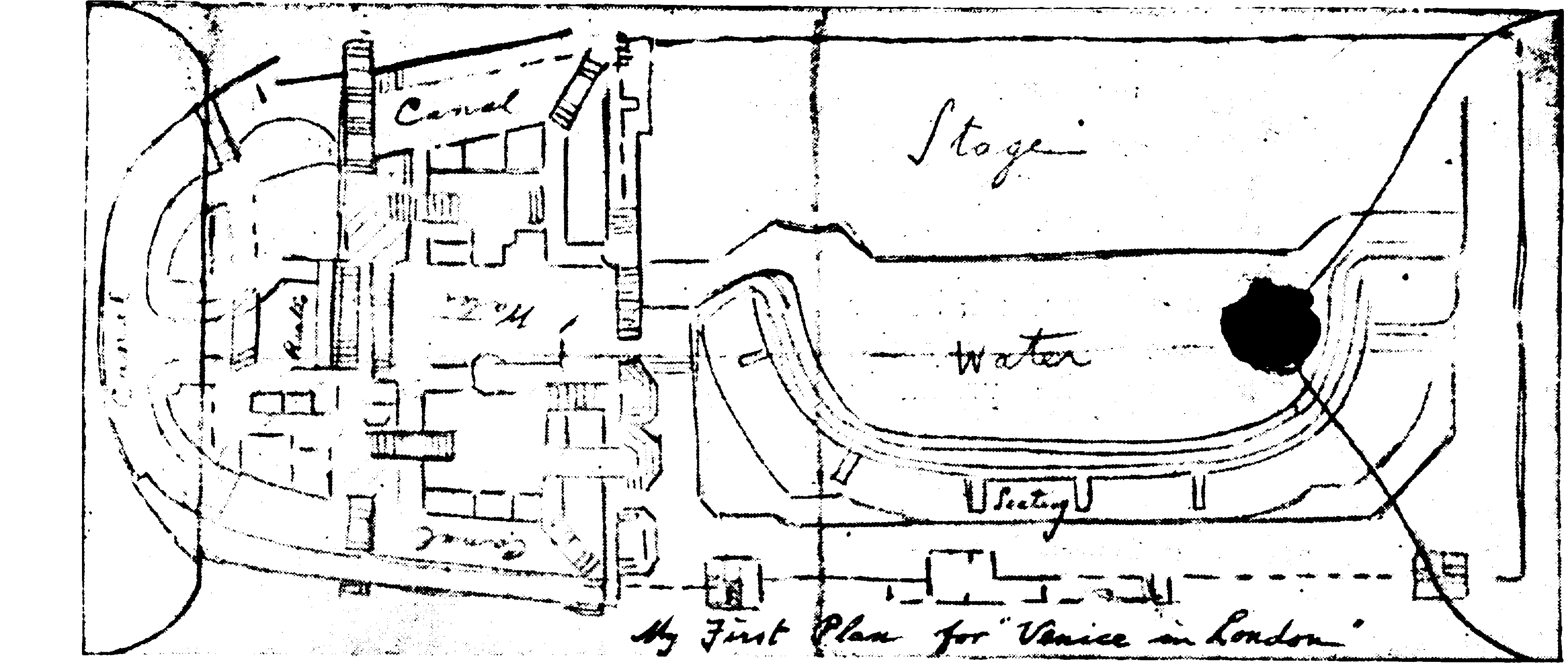
Imre was the oldest of seven children. He was born in 1845 to a clothing manufacturer named Konigsbaum in one half of the schizophrenic Hungarian capital city, in the town known as Pest. (Interesting to note that another great entertainer, Harry Houdini was also a Pestian). When Imre was just three, interference of the Russian army in putting down the Hungarian revolution made life dangerous for the Konigsbaums. They took down those metaphoric suitcases that Jews have kept ready packed since time immemorial and took off around Europe.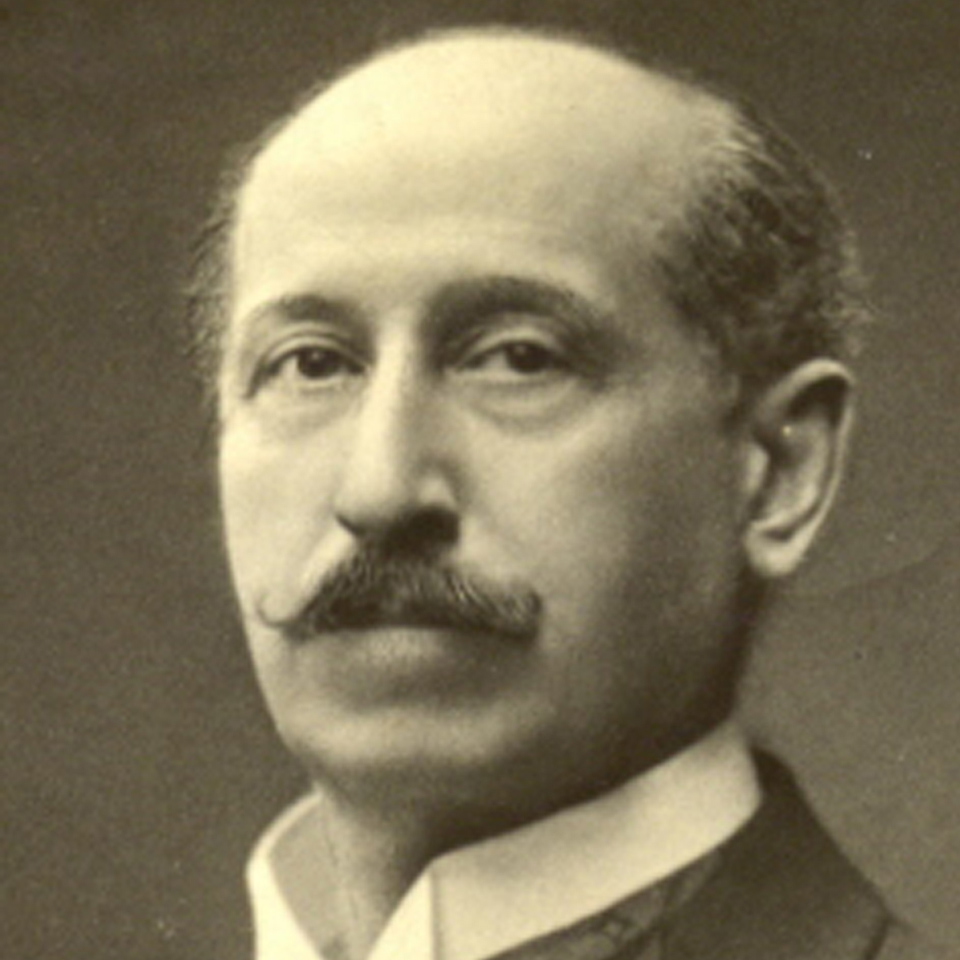
Imre and his younger brother Bolossy, three years his junior, were great talents. Imre was 14 when his first composition was played by a professional orchestra in Milan. Imre first appeared on stage in Germany aged four and as a prodigy was introduced to the Prussian king. The brothers excelled as dancers and it was as the Kiralfy Brothers they became stars in Berlin, Paris and London and New York. Eventually other family members (their sister was an even better dancer) joined.
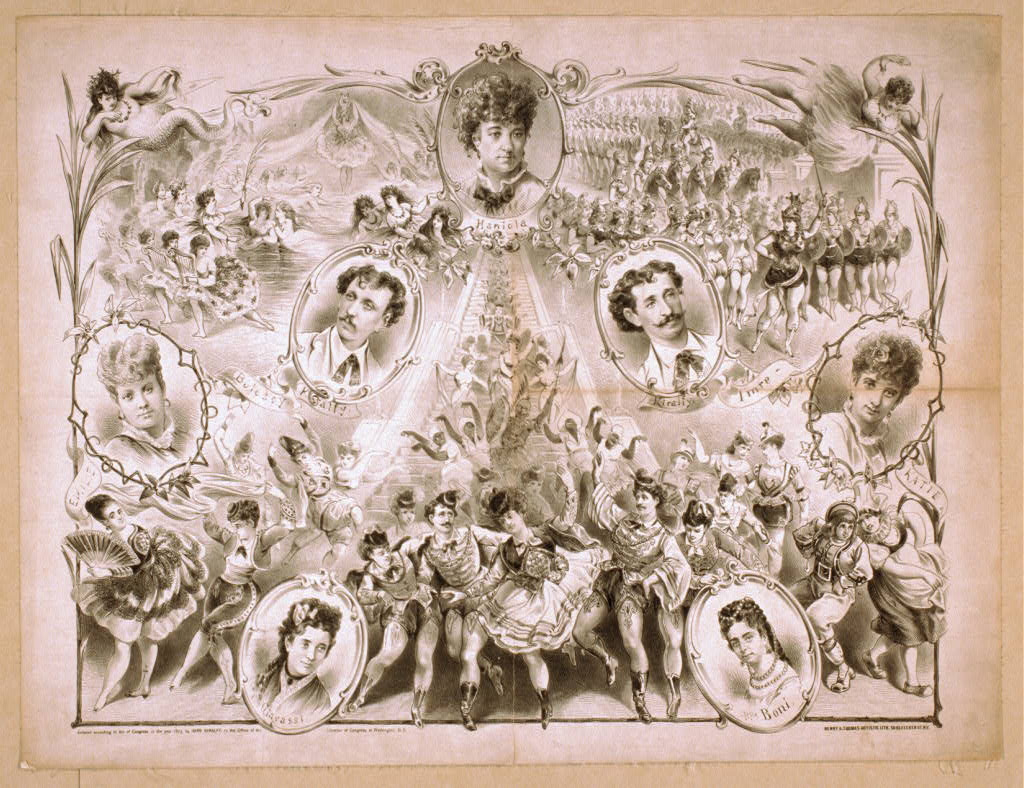
After Europe they first appeared in New York in 1868 as the Kiralfy Grotesque Ballet. By then the troupe came to 12. Eventually more dancers were hired so that soon the Kiralfy company numbered 33.

To cut a long story short (Google and all will be revealed), in America the Kiralfys became promoters. Their outdoor productions were colossal. The stages were huge, the scenery unparalleled in scale, the special effects eye watering. And they did not just play New York and the east coast. They gigged their way across the states, ending up in some of the wilder parts of the Wild West. The touring production of Excelsior, which played in towns big and small across the US had a cast and crew of 350 people and a grumpy, life threatening elephant named Bamboo.
The Kiralfys were truly international impresarios. When a voyage across the Atlantic was slow and not without risk, one of Bolossy’s daughters remembered that by 1899 she and her family had crossed that ocean 13 times before her 13th birthday.
The brothers had a falling out over money and each went their own way. Imre returned to England (he had married an English woman). There he produced a small-scale version of the Chicago World’s Fair in London’s Earl’s Court in 1893. More than 100 years before the London Eye Imre gave Londoners a Big Wheel that was 300 feet tall and had 40 cars each holding 40 people.

He later went on to take over 140 acres of farmland in west London to create an exhibition site where the shopping mall Westfield now stands. The Franco-British Exhibition of 1908 featured stuccoed temporary buildings painted white which led to the area becoming known as White City (to the probable disgust of today’s PC police).
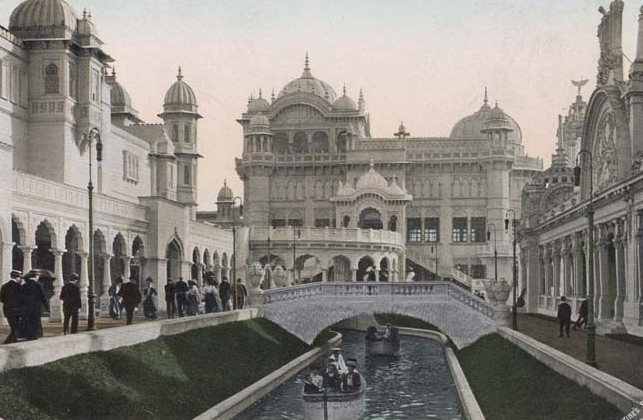
When Imre died in Brighton England in 1919 one American newspaper remembered him thus: “Kiralfy is gone. No epochal innovation has come in the show world since his invention of spectacular productions except movies. Men like Kiralfy, who invent new forms of entertainment, bring real happiness into life. When will a future Kiralfy burst forth with a new thrill?”
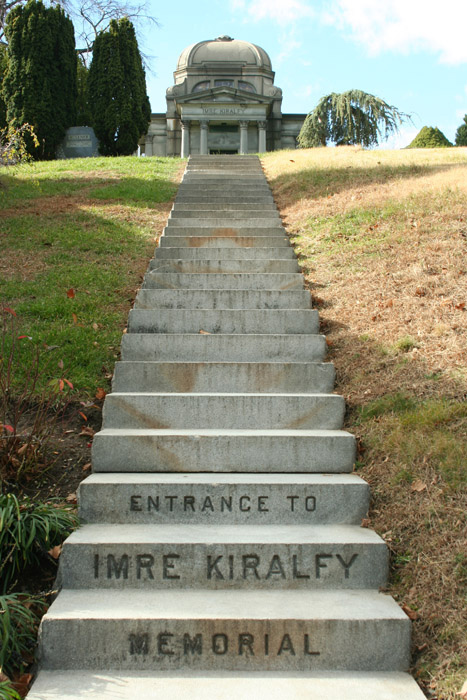
Oh, and the Winogradsky brothers? Each one turned into an internationally acclaimed headline acts in the business of promoting, managing and presenting entertainment. The oldest and most famous, following his early career when he was ‘The Dancer with the Humorous Feet’, he transformed himself into Lew Grade. His brothers were Bernard Delfont and Leslie Grade (father of Michael Grade). A list of Lew Grade’s achievement is long, but it suffices simply to say that he brought us The Prisoner and The Muppet Show. Lew died on this day in 1998. A pebble on his grave.

